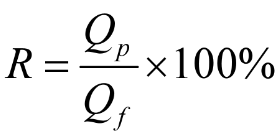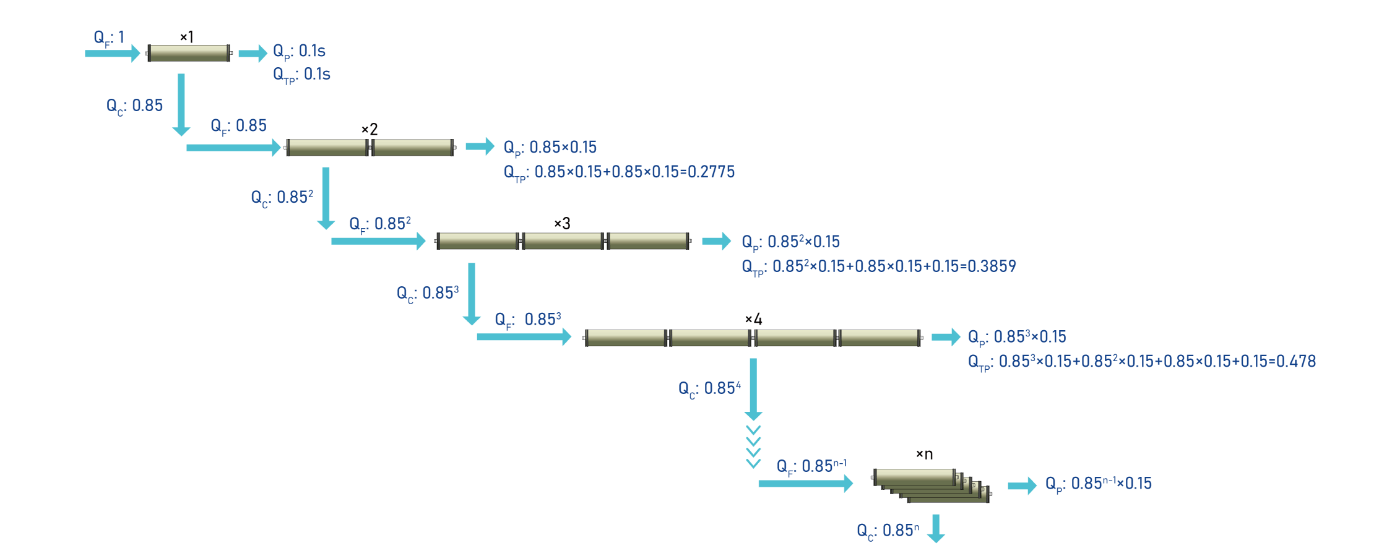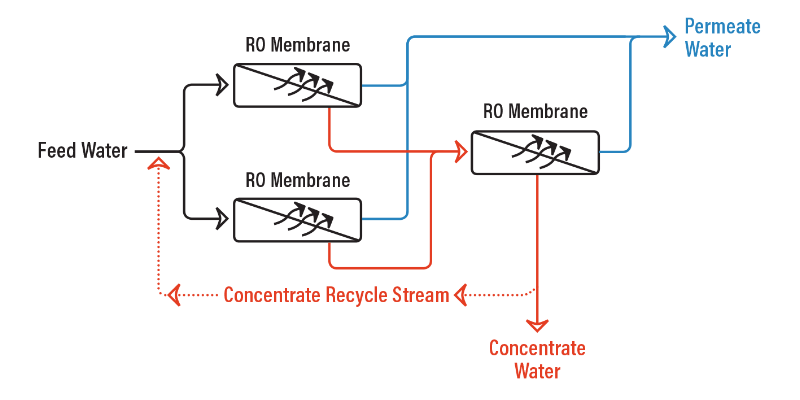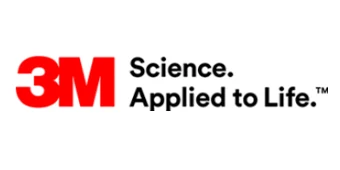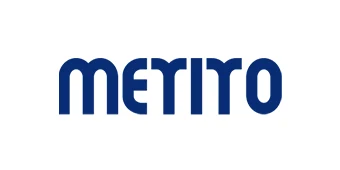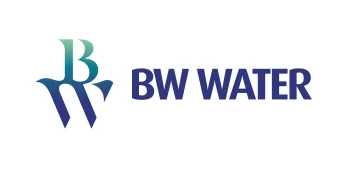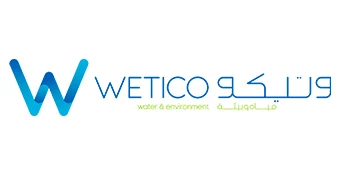Membrane element selection & arrangement
The surface area, material, thickness, etc. of membrane elements vary slightly from brand to brand and industry to industry. The size of the membrane surface area determines the amount of water produced by the membrane system, which leads to differences in the recovery rate of different types of single membranes, but basically does not exceed 18%.
The recovery rate of the RO membrane system is also affected by the number of membrane elements in series, arrangement and other factors. Membrane elements in series are concentrate water from the previous membrane flowing into the inlet of the next membrane, and concentrate water passes through the RO membrane again, which can improve the recovery rate of the system. However, if all membranes are connected in series to improve the recovery rate, the pressure of the 1st stage membrane will become very large, so several membranes need to be properly connected in parallel to relieve the pressure of the water flow in the 1st stage.
Therefore, the arrangement of RO membranes has a great influence on the recovery rate of the system in the actual design.
We give an example of the effect of the number of membrane elements in series on the recovery rate:
The recovery rate of a single membrane is assumed to be 15% and the feed water volume is 1 gpm.
- Qf — Feed water volume (gpm)
- QP — Water output volume (gpm)
- QC — Concentrate water volume (gpm)
- QTP — Total water output volume/System water output volume (gpm)
Recovery rate of a single membrane: (1 × 15%) / 1 × 100% = 15%
Recovery rate of two membranes in series: (0.85 × 15% + 1 × 15%) / 1 × 100% = 27.75%
Recovery rate of three membranes in series: (0.852 × 15% + 1 × 27.75%) / 1 × 100% = 38.59%
Recovery rate of four membranes in series: (0.853× 15% + 1 × 38.59%) / 1 × 100% = 47.8%
Recovery rate of five membranes in series: (0.854 × 15% + 1×47.8%) / 1 × 100% = 55.63%
Recovery rate of six membranes in series: (0.855 × 15% + 1×55.63%) / 1 × 100% = 62.29%
Recovery rate of ten membranes in series: (0.859 × 15% + 1 × 76.84%) / 1 × 100% = 80.31%
Recovery rate of twelve membranes in series: (0.8511 × 15% + 1 × 83.27%) / 1 × 100% = 85.78%
With n membranes in series, the system recovery rate is:
R = (0.85n-1 × 15% + 0.85n-2 × 15% + … + 0.85 × 15% + 15%) / 1 × 100%
However, this calculation method is ideal, the actual operation will be much less, generally large water treatment equipment to meet the recovery rate of at least 60% – 80%, so at least 6 membrane elements need to be connected in series.











